Clean Energy Hub
DarbyTech’s Clean Energy Hub combines three elements to provide a true-to-life example of clean energy production.
Starting with DarbyTech’s balance of plant, Operation & Maintenance Trainer, is a multi-skid operational mini plant comprising of valves, filters, heat exchangers, tanks, and pumps. Skids are connected via overhead pipes and cable racks. Students can maintain the trainer, change valves, isolate flows, and run the system.
Then, DarbyTech’s Carbon Capture demonstrator towers alongside. A 3m high stack simulates carbon dioxide being released from the process plant. The demonstrator is equipped with three tanks:
- Solvent Storage Tank
- Absorption Column
- Co2 Storage Tank
Designed with fully rated stainless steel pressure vessels and an industrial feel control system, the Carbon Capture Demonstrator is virtually simulated using water and allows for a safe, interactive, and immersive hands-on learning experience using DarbyTech’s unique coloured LED indication process with water and compressed air.
A series of operating conditions can be simulated, from steady state (depicted below) to abnormal operating conditions and faults that may arise during processing which provides the students with a real-time indication of the simulated process conditions.
Key Learning Opportunities
There are 8 standard operating modes that are built into the carbon capture trainers control system, this allows the instructor to train the students in the basic carbon capture principles, industrial operations, and equipment, and to test the students under abnormal conditions. The main aim of these structured modules is to give the students a close-to-real-life experience of an industrial facility within a classroom environment. The students will also be able to gain experience in industrial PLC systems with Level, Flow, and Pressure control.
The Clean Energy Hub consists of:
1. Duty and standby pumps with DOL starters, isolation and drain valves, and large process fluid tanks (water).
2. Two cartridge filters with pressure gauges and a combination of different bypass drain and isolation valves.
3. Heat exchanger learning station split over two skids.
3.1. Simulated cooling water pump and tank skid with manual control valve, flow meter, and isolation and drain valves.
3.2 Two transparent shell and tube heat exchangers with pressure and temperature gauges and a combination of bypass drain and isolation valves.
